We went to visit friends in Palestine, TX, a few weekends ago and got an East Texas Garden Tour. They are in grow zone 8b; you can find your grow zone through the USDA’s site using your zip code. Their garden is quiet large with over 20 raised beds, oodles of fruit trees, grapes and brambles. I took lots of photos to share and I was very impressed with their tomato staking technique using supplies from around the farm. Follow along on this east Texas garden tour!
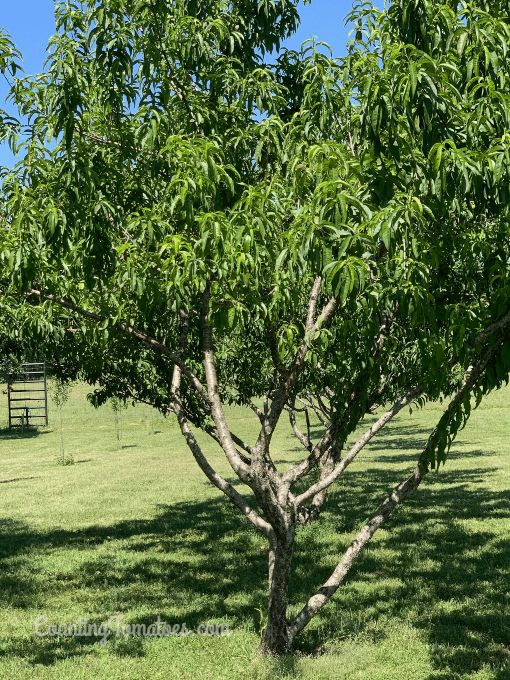
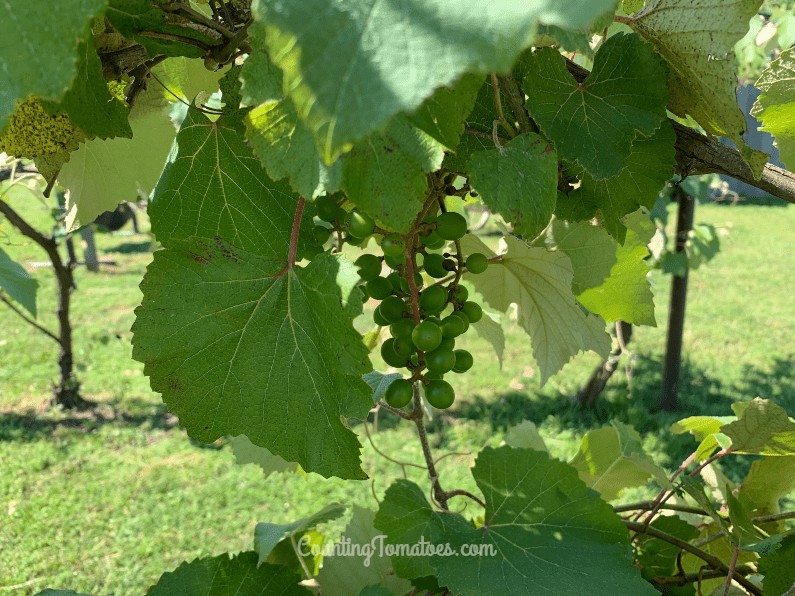
The grapes are beautifully trellised and grow abundantly. These are muscadine grapes which thrive in the south, even frequently found growing wild, usually climbing up trees. Native Americans dried these grapes for preservation, however, muscadine grapes are also wonderful made into wine, pies and jellies.

Here tomatoes grow with a very efficient staking technique using wire panel pieces and wooden stakes. Add wood stakes through the wire panels, as shown, laid horizontal to the ground as the plants grow taller. A walkway is left open between the stakes halfway in the middle of the bed lengthwise without a doubt for easy harvesting.
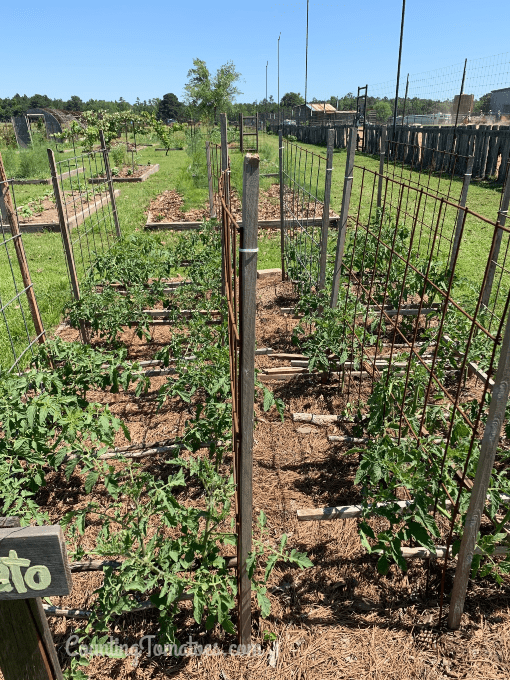
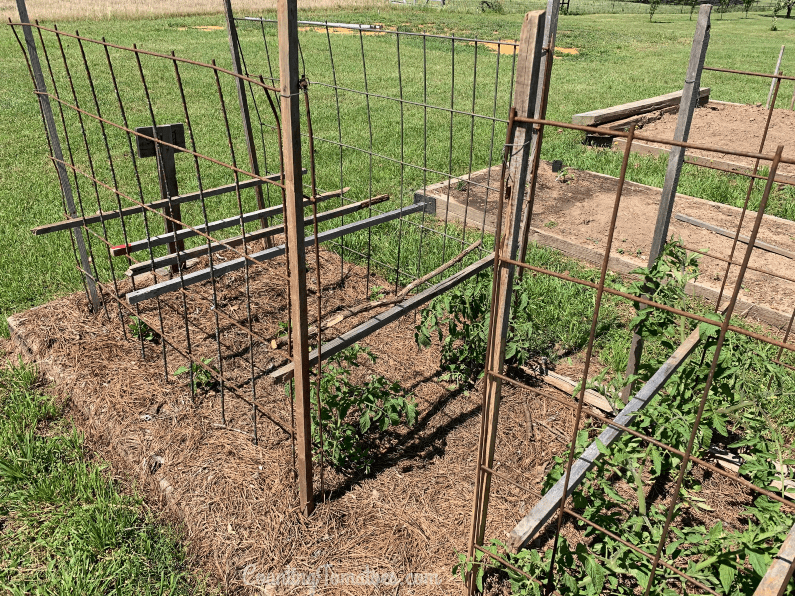
The family also grows loads of strawberries, shown here with an easy covering system to allow row covers to float on colder days. Finally, peppers, squash, eggplant, onions and herbs fill other beds.
In this east Texas garden all of raised garden beds are built the same length and look very uniform throughout the garden. Most beds have a built in water spigot which allows every bed to be water independently; this is especially useful to conserve water.
In closing, I hope you found some useful tips! I will incorporate this tomato staking technique in my 2021 garden.

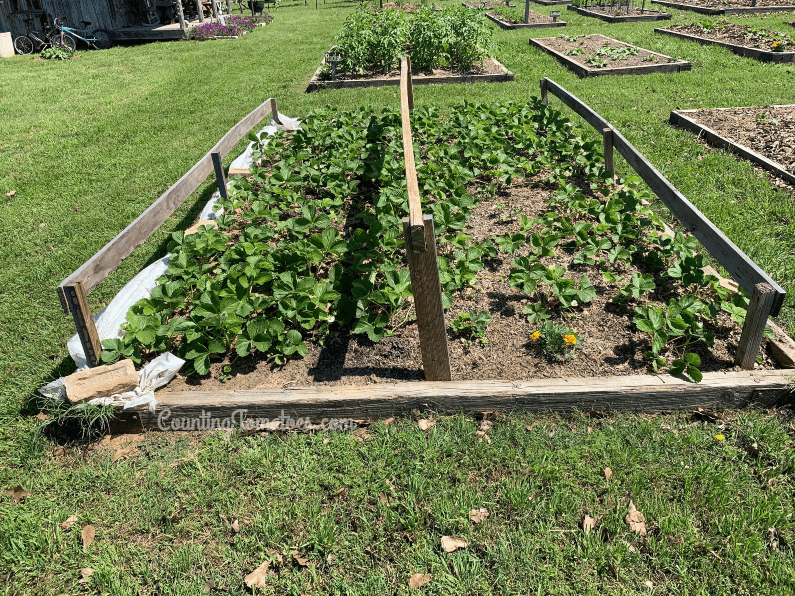
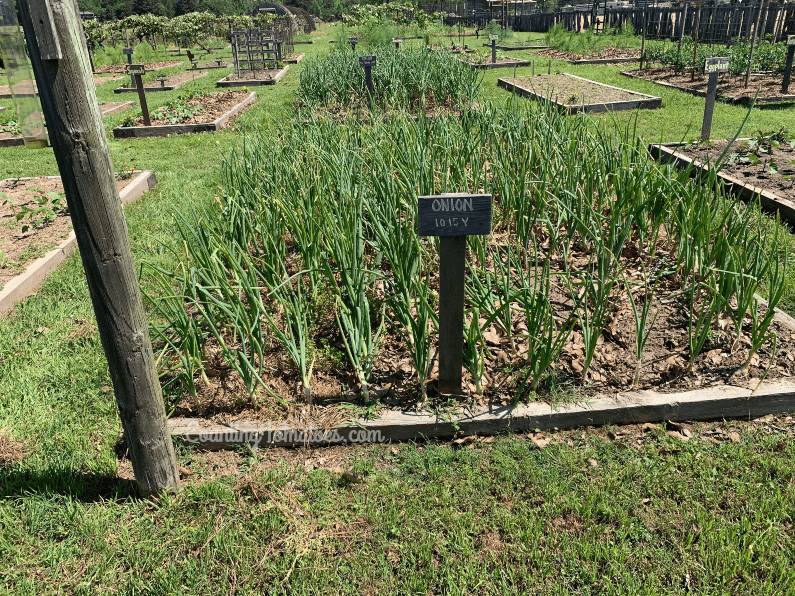
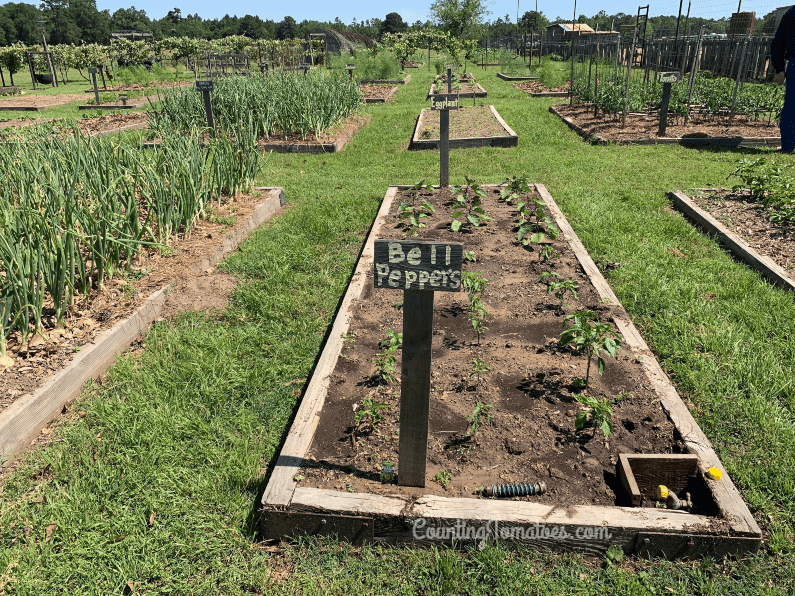

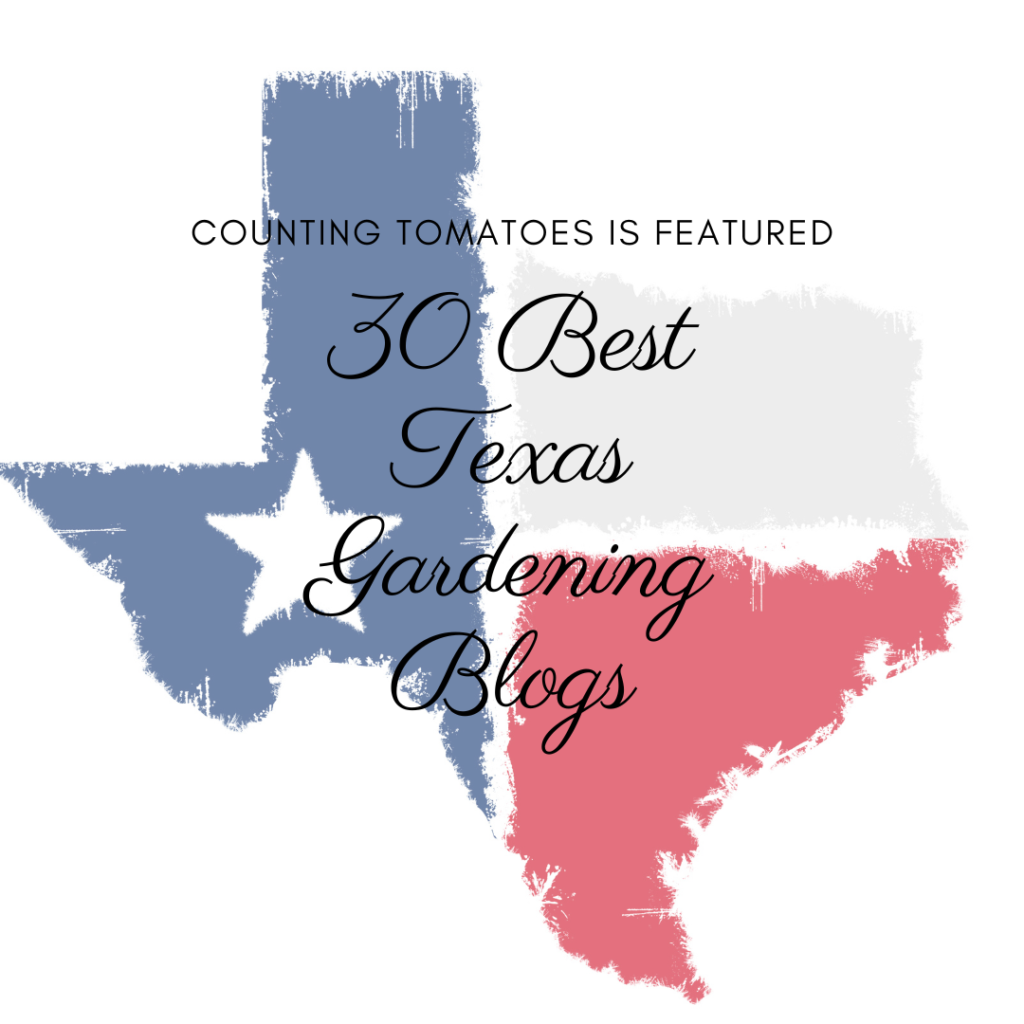
This looks amazing! I live in Northeast Texas, so I was wondering do you have sandy soil? Ours is black clay. I have trouble growing anything in the ground. Most of our gardening is in raised beds or containers.
I do have more sandy soil and sandy loam in my area naturally, but since I do raised bed gardening, I do a lot of amendments with compost and even add several wheelbarrows of sand each year. I have two beds I created using the dark black sandy loam material and it doesn’t drain as well as I’d like, I’ve been adding the sand to those and it has been helping.
This specific post is of my friends garden and they live in Northeast, TX, as well. They have more red clay, so their beds are heavily amended with compost.